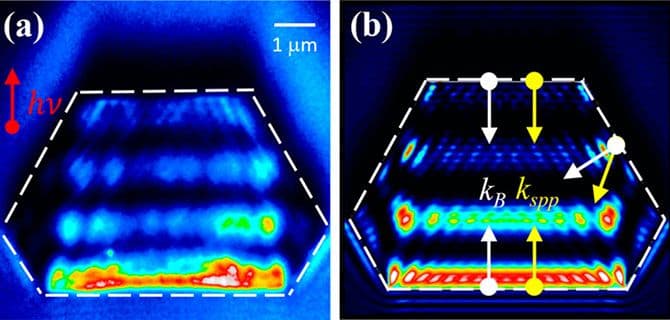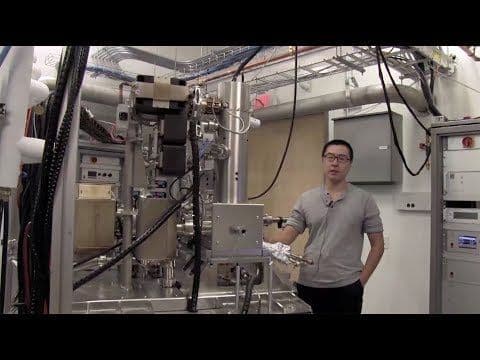Experimental methods for ultrafast microscopy are advancing rapidly. Promising methods combine ultrafast laser excitation with electron-based imaging or rely on super-resolution optical techniques to enable probing of matter on the nano–femto scale. Ultrafast time-resolved photoemission electron microscopy provides several advantages compared with other methods, such as that time resolution is limited only by the laser […]

Experimental methods for ultrafast microscopy are advancing rapidly. Promising methods combine ultrafast laser excitation with electron-based imaging or rely on super-resolution optical techniques to enable probing of matter on the nano–femto scale. Ultrafast time-resolved photoemission electron microscopy provides several advantages compared with other methods, such as that time resolution is limited only by the laser source and it is immediately capable of probing of coherent phenomena in solid-state materials and surfaces.
This video, based on a Perspectives article from The Journal of Physical Chemistry Letters, introduces the basic physical properties and applications of localized surface plasmons and surface plasmon polaritons. In addition, imaging mechanisms of ultrafast time-resolved photoemission electron microscopy (tr-PEEM), low energy electron microscopy (LEEM), as well as the principle of broadband ultrafast laser system, non-linear optical parametric amplifier (NOPA), are presented, along with representative examples of imaging of the plasmonic structures, surface plasmon dispersion, localized high order plasmon mode from silver nanowire, and the dynamics of surface plasmon polaritons on micron scale single crystalline silver island.
